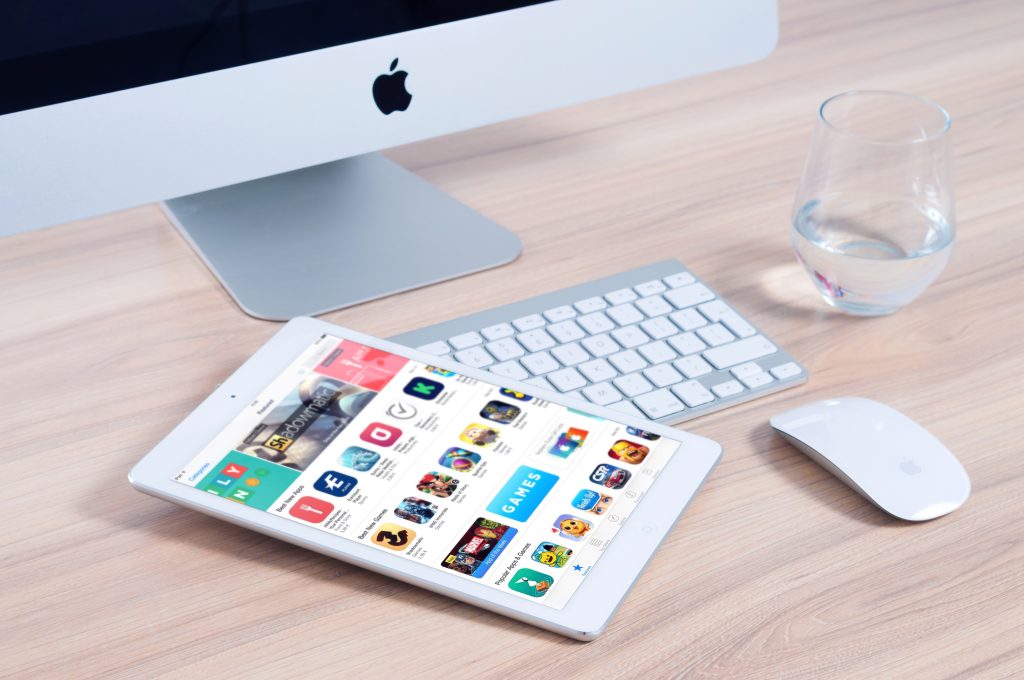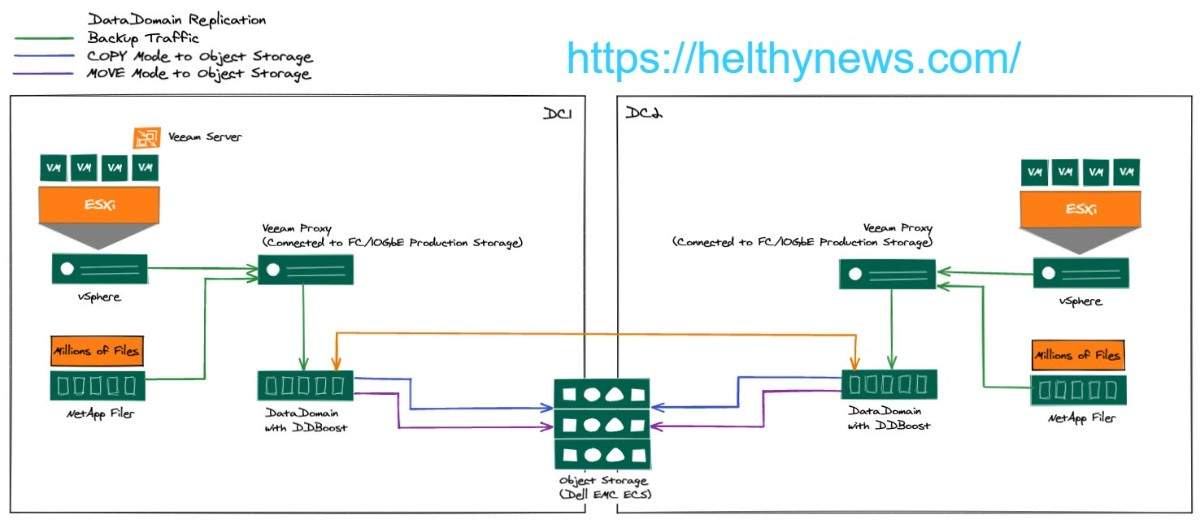Are you ready to take the plunge into a tech-free lifestyle, but don’t know how to start? It’s actually easier than you think! There are many advantages to living a life without technology, such as increased mental clarity, reduced stress, and improved relationships with those around you.

The best way to get started is by understanding the basics of Zero Technology: What it means, why it’s important, and how to transition away from our reliance on technology.
In this guide, we’ll cover everything you need to know about implementing Zero Technology in your life. From basic tips and tricks on reducing your tech usage to advice on adapting your lifestyle for long-term success, read on for the ultimate guide to Zero Technology.
What is Zero Technology?
Zero technology, also known as “the zero-tech movement,” is a social and technological movement that advocates for a return to simpler living. The goal of zero technology is to reduce dependence on technology and to live more in harmony with nature.
The zero-tech movement began in the early 1990s, inspired by the book “The Right Stuff” by author William Gibson. In the book, Gibson paints a future world where people have become so reliant on technology that they can no longer function without it. This vision of the future led some people to believe that we are headed down a path of self-destruction and that we need to start living more simply in order to avoid this fate.
There are many different ways to practice zero technology, but all share the common goal of reducing reliance on technology. Some people choose to live entirely off the grid, while others may only use tech when absolutely necessary. There is no one right way to do it – it’s up to each individual to decide what works best for them.
If you’re interested in exploring zero technology, there are plenty of resources available online. You can start by reading about other people’s experiences with living a simpler life or check out some of the these-tech products that are available. There’s no need to go cold turkey – you can gradually make changes as you feel comfortable doing so. above all else, remember that the goal is to find a balance that works for you.
The Different Types of Zero Technology
Zero technology refers to a range of devices and/or practices that help people disconnect from technology and reconnect with the world around them. There are many different types of zero technology, each with its own unique benefits.
Some of the most popular types of zero technology include:
1. Wearable technology: This type of zero technology includes wearable devices that track fitness data, monitor sleep patterns, and more. These devices can help people become more aware of their daily activity levels and make necessary changes to improve their health and well-being.
2. Nature connection technology: This type of zero technology helps people connect with nature through apps that offer virtual reality experiences, guided meditation, and other calming activities. This type of technology can be used as a tool for stress relief and can help people appreciate the natural world around them.
3. Minimalist tech: This type of zero technology focuses on simplifying gadgetry and digital clutter in order to declutter one’s life. Minimalist technology can help people focus on what’s important and let go of unnecessary distractions.
4. Off-grid technology: This type of zero technology allows people to live without relying on public utilities like electricity, water, or gas. Off-grid systems are often used in remote locations where traditional utility services are not available or are too expensive. Solar power, wind power, and water catchment systems are common off-grid technologies.
Pros and Cons of Zero Technology
“Zero technology” is a term used to describe a hypothetical future in which technology has been eliminated from society. The pros of such a future are that there would be no more wars fought over resources, no more environmental destruction, and no more technological disasters. The cons are that it would be very difficult to maintain a high standard of living without technology and that many people would likely die in the transition period.
Pros:
• reduced risk of resource conflict and wars over technology;
• no environmental destruction due to technological advancement
• More time can be spent developing social, emotional, and mental skills instead of technology
• Emphasis on human relationships rather than machine ones
Cons:
• Extremely difficult transition period as people adjust to the new way of life
• Loss of many conveniences provided by technology such as medical advances, communication tools, transportation, etc.
• Likely increase in poverty as people struggle to cope without access to basic technology
• Loss of jobs that rely on technology for their existence
What are the Best Ways to Use Zero Technology?
Assuming you want tips for living a life with less technology:
1. Get off the grid: live a more simple life without depending on technology. This may mean learning how to grow your own food, purify water, generate energy, and so on.
2. Use what you have: make do with what you have instead of constantly upgrading to the latest gadget. For example, if you have an old smartphone, can it still be used for basic tasks like taking pictures, listening to music, and sending texts?
3. Go outside: take advantage of nature by going for hikes, camping, swimming in lakes or rivers, and stargazing. Breathe in some fresh air and disconnect from technology for a while.
4. Be social: connect with people face-to-face instead of online. Invite friends over for dinner or go out for coffee instead of texting or messaging them.
5. Unplugged activities: There are plenty of things you can do without screens or electronic devices. Read a book, play a board game, bake something from scratch, work on a puzzle, knit, or crochet—the options are endless!
How to Implement Zero Technology in Your Life
Assuming you want a detailed content section for the subheading “How to Implement Zero Technology in Your Life” of the blog article “Best Guide for Zero Technology,” here is one:
There are many ways to implement zero technology into your life. The most important thing is to be aware of the technology you are using and the effect it has on your life. You can get going with the following advice:
Start by evaluating your use of technology. How much time do you spend online? Do you use social media? Do you feel like you’re addicted to your phone? Be honest with yourself about your relationship with technology.
Once you’ve identified your problem areas, start making changes. If you’re spending too much time online, set limits for yourself. Turn off notifications on your phone so you’re not constantly tempted to check them. And make an effort to be more present at the moment, whether that means putting away your phone when you’re with friends or family, or simply being more mindful of when you’re using technology and when you’re not.
Think about how you can use technology in a more positive way. Maybe there are certain apps or websites that help improve your productivity or make your life easier in some way. Use these tools to your advantage and cut back on the ones that are just time wasters.
Alternatives to Zero Technology
There are a few alternatives to zero technology that can help reduce your reliance on technology. One alternative is to use less energy-intensive technologies. For example, you can use LED lights instead of standard light bulbs, or you can use a laptop instead of a desktop computer. Another alternative is to use different modes of transportation.
Instead of driving everywhere, you can walk, bike, or take public transportation. Finally, you can live a simpler lifestyle overall and consume fewer resources. This may mean downsizing your home, eating more plant-based meals, and wasting less food.
Famous companies of Zero Technology
Technologies are constantly evolving, and it’s hard to keep up with the latest trends. However, there are some companies that have made a name for themselves by always being on the cutting edge of technology. These companies are known as “zero technology” companies, and they’re always ahead of the curve.
Some of the most famous zero technology companies include Google, Apple, and Tesla. These companies are known for their innovative products and cutting-edge technologies. They’re always ahead of the competition, and they’re always looking for new ways to improve their products and services.
If you’re looking for a company that’s always at the forefront of technology, then you should definitely check out a zero-technology company. You’ll be impressed by their innovative products and cutting-edge technologies.
Conclusion
Zero technology can be a great way to enjoy life without depending on digital devices. With this guide, you now have the tools and knowledge of how to live in a zero-tech world.
From creating your own entertainment and learning new skills to understanding the impact of tech on our environment and mental health, embracing zero technology is an empowering step towards living healthier lives. So don’t wait any longer. Unplug from the world of technology and start living more consciously today!






Your point of view caught my eye and was very interesting. Thanks. I have a question for you. https://accounts.binance.com/es/register-person?ref=VDVEQ78S